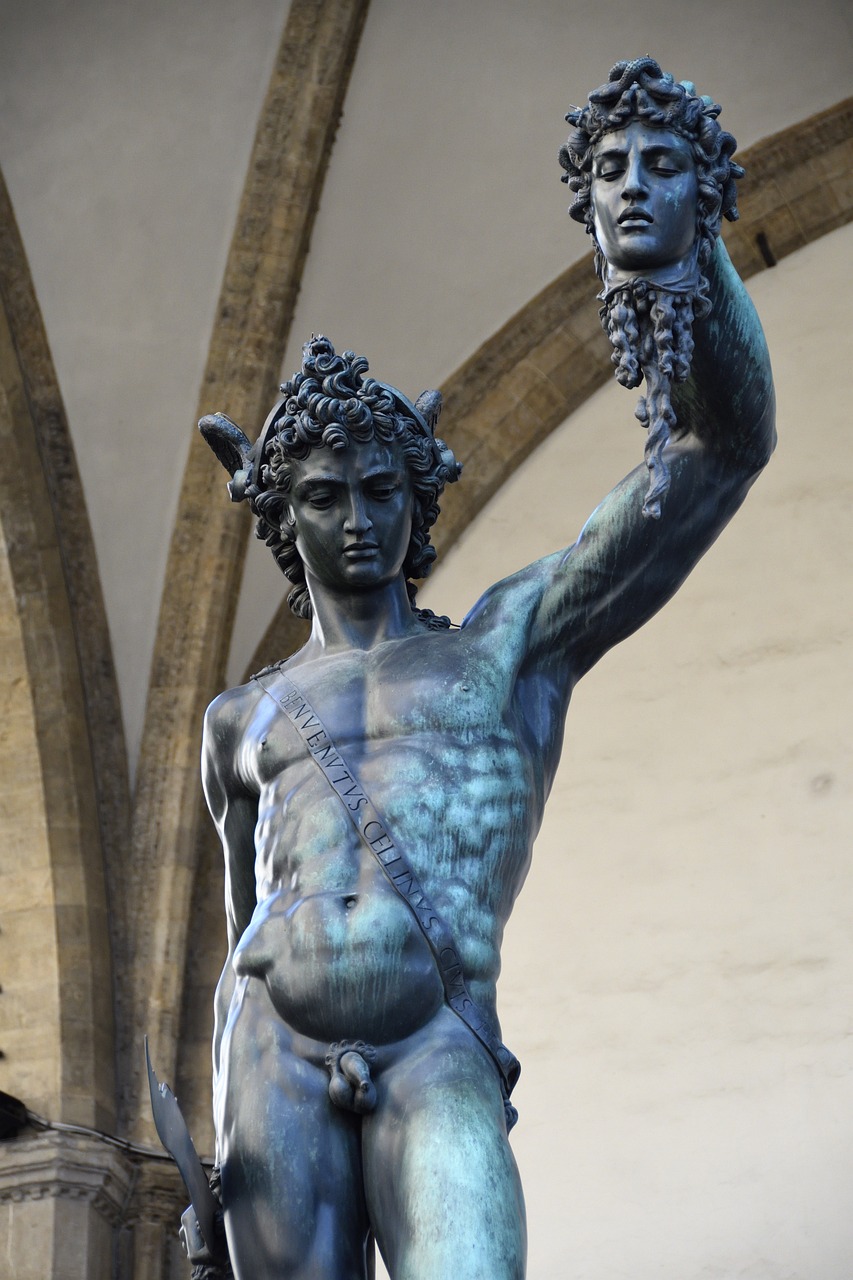Perseus, a renowned hero from Greek mythology, is deeply connected to the tales of two remarkable women, each representing vastly different destinies through their interactions with him. Within a narrow timeframe, he exhibits contrasting behaviors: he ultimately slays one woman while rescuing the other. Despite both women being innocent, their destinies are shaped by the complex interplay of context, timing, and individual perspectives.
Medusa’s tragic end follows a long history of abuse, shame, and supernatural punishment, culminating in her decapitation, whereas Andromeda finds herself offered as a human sacrifice to Cetus, a ravenous sea creature, through no fault of her own.
The parallels between the two women are striking. Both suffer due to their celebrated beauty, which becomes the catalyst for their misfortunes. While both characters face the dire consequences of being objectified, their stories also reflect how history has perceived and retold them. Medusa’s legacy sheds light on an empowered narrative after her downfall; conversely, Andromeda’s tale reveals how her character served as a juxtaposition against Perseus’s heroic attributes.
Andromeda, the offspring of the boastful Queen Cassiopeia and King Cepheus, finds her family facing divine retribution for their hubris, wherein they dared to compare her beauty against that of the gods. As a consequence, the royal family is compelled to sacrifice their daughter to appease a formidable sea monster, binding Andromeda to jagged rocks as a sacrifice.
Captivated by her beauty, Perseus requests her hand in exchange for defeating the monstrous Cetus. Historic texts often describe her as an Ethiopian princess, an identity that is important to understand her cultural heritage, considering that “Ethiopia” translates literally to “burnt faced” in Ancient Greek, hinting at her likely appearance as a member of the Nubian Kingdom of Kush.
However, the prevalent portrayals of Andromeda throughout history often differ from this description. Artists have depicted her as light-skinned and typically European, skewing the original narrative. This alteration raises questions about race and representation, particularly around the notion of Andromeda’s ethnicity. While she was characterized as the most beautiful woman, most art depictions either ignore or alter her skin color, and very few artworks capture her as dark-skinned.
The Renaissance artists, who popularized her figure, chose to disregard the implications of her original description. This choice reflects either an unconscious bias or an active decision to remove racial complexity from their representation. The evolution of Andromeda’s narrative has left a lasting impact on her legacy and visibility in modern culture, extending even to contemporary representations.
It’s essential to clarify that Ancient Ethiopia referred to a broader geographical region rather than the modern nation. Back in those times, the term was recognized by Greeks to denote the inhabitants of the Kingdom of Kush, situated in present-day Sudan. The Greek interpretation of “Ethiopia,” implying a “burnt face,” holds significant implications today, straddling issues of race and identity.
Notably, ancient literary figures like Petrarch and the poet Ovid have recounted Andromeda’s attraction rooted in her darker complexion, emphasizing the contrast between her beauty and the biases of subsequent representations. Petrarch referred to Andromeda as the “virgine bruna,” expressing admiration for her dark features. Meanwhile, Ovid remarked on her allure, encapsulating the complexities of her portrayal: “Though I’m not pure white, the dark Andromeda charmed Perseus with her native color.”
Despite the artistic misrepresentation, historical texts revealed that the understanding of her ethnicity was ambiguous. Renaissance artists may have simplified her identity to fit the prevailing cultural ideals of the time, perhaps to maintain narratives of whiteness that conveniently aligned with societal structures.
The depiction of Andromeda is more than an artistic choice; it reflects the historical context of race and power dynamics throughout the ages. The ongoing discourse around the racial identity of Andromeda demonstrates the friction between historical accuracy and artistic interpretation, revealing a profound need to critically reassess representations of female figures in mythology.
Overall, the story of Andromeda—a tale interwoven with themes of beauty, identity, and representation—continues to inspire dialogue around racial perceptions as we look back at how these ancient narratives have evolved and adapted over time, often straying from their origins.



